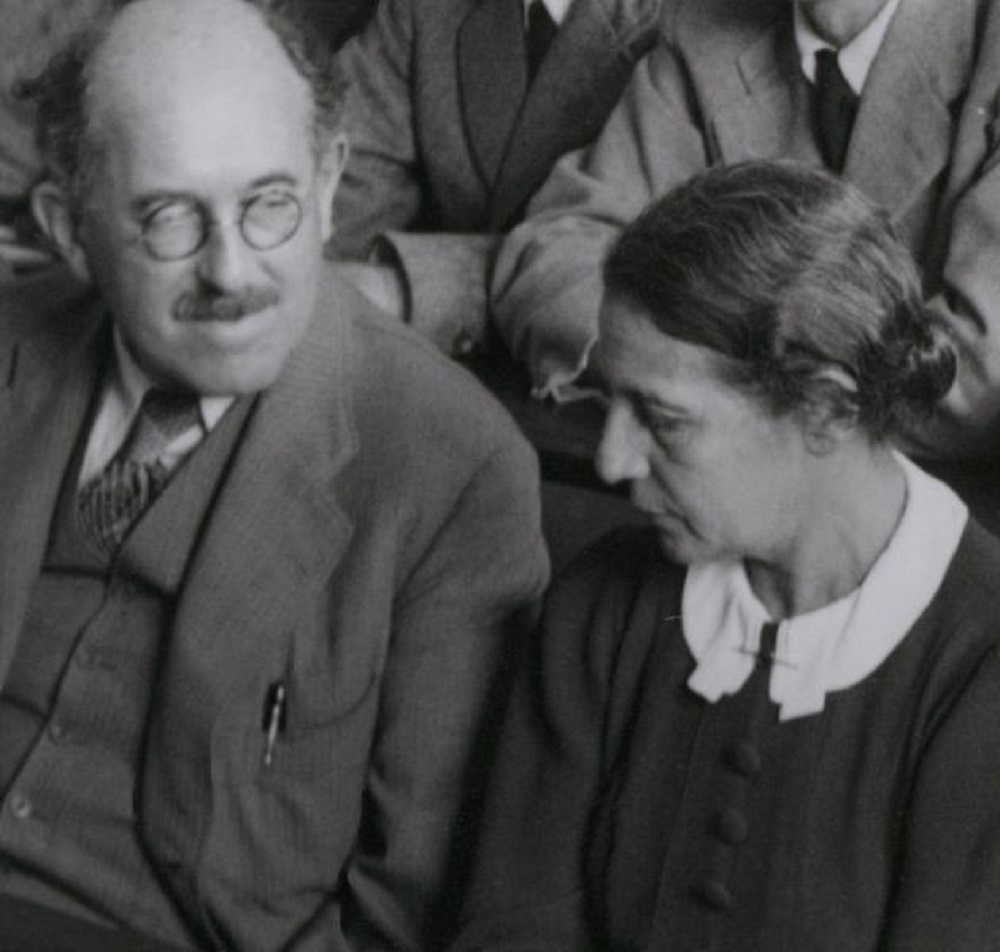Lise Meitner and the Nobel Prize Controversy
Share




The splitting of atoms—nuclear fission—was a discovery that changed our world. Few, however, know that a woman physicist participated in the discovery of the real power of nuclear energy. The irony of the story of Lise Meitner is that her laboratory partner of thirty years, Otto Hahn, was awarded the Nobel Prize for Chemistry in 1944, while she was excluded, resulting in the consequent social “marginalization” of her important physics research and discoveries.
Meitner was born in Austria, in 1878, to a Jewish family. Women were not allowed to attend institutions of higher learning in those days, so she had to study privately to earn a doctoral degree in physics, in 1905, at the University of Vienna. She was only the second woman to do so; afterwards, she went to Berlin, where she met the physics legend Albert Einstein, and attended lectures by Max Planck himself.
Planck had previously refused to teach women, but after a year, she became his assistant and teamed up with chemist Otto Hahn with whom she worked for years; together they discovered several new element isotopes. When Meitner and Hahn moved to the new Kaiser Wilhelm Institute in Berlin, in 1912, she worked unpaid in Hahn’s department of Radiochemistry. She got a paid position at the Institute in 1913; she was given her own physics section at the prestigious academy in 1917. She and Hahn discovered the first long-lived isotope of the element Protactinium.
With the discovery of the neutron in the early 1930s, the scientific community began to speculate that it might be possible to create elements heavier than Uranium in the lab. A scientific race to confirm this began between Ernest Rutherford in Britain, Irene Joliot-Curie in France, Enrico Fermi in Italy, and the Meitner-Hahn team in Berlin.
The situation changed when Adolf Hitler came to power in 1933. Meitner was the Acting Director of the Institute for Chemistry, and her Austrian citizenship protected her, while other Jewish scientists lost their positions and were forced to leave Germany. Soon after, she realized that her Austrian citizenship could no longer protect her when Austria was annexed by the Nazi regime; she had to flee. She moved to and settled in Sweden, where she had the chance to work with the man who established the foundation of our understanding of atomic structure: Niels Bohr.
During that time, she continuously corresponded with Hahn and other German scientists. To that point, Hahn had already performed the experiments that isolated the evidence for nuclear fission, finding that neutron bombardment produced elements that were lighter than Uranium. He was mystified by those results; in one of his letters to Meitner he wrote “Perhaps you can come up with some sort of a fantastic explanation. We knew ourselves that Uranium cannot actually burst apart into Barium”.
Meitner carefully reviewed Hahn’s results and formulated a theory that explains how nuclear fission happens; her theory resolved Hahn’s mystery, and all of a sudden the experiment results made sense. Soon after, Hahn published his discovery of “a chemical evidence of nuclear fission” without listing Meitner as co-author.

Otto Stern and Lise Meitner, probable 1937 on the occasion of an colloquy with Nobel Price winners (Wikimedia)
Some believe that he genuinely wanted to list her as co-author, but was forbidden from doing so by the Nazi authority. Whatever his intentions were, it remains an undeniable fact that her insights were key to this discovery and to the developments in radioactivity and the nuclear processes based on this discovery, which changed the world. In 1944, the Royal Swedish Academy of Sciences awarded the Nobel Prize in Chemistry to Otto Hahn for the discovery of nuclear fission, overlooking Lise Meitner. Meitner’s name was never mentioned and was never associated with the discovery for many years to follow.
The realization that nuclear fission leads to a chain reaction of huge explosive power had meanwhile urged members of the scientific community to act. Knowing that German scientists had the required knowledge, it was only a matter of time before Nazi Germany developed an atomic bomb. The result was the Manhattan Project that gave birth to the US atomic bombs.
Meitner took it as her duty to work on peaceful applications of nuclear fission; refusing to move back to Germany, even when it was safe for her to do so, she worked in Stockholm doing nuclear research into her late 80s. It is worth mentioning that her research included work on Sweden’s first peaceful nuclear reactor: R1.
It was not until 1966 that Meitner received attention; by then, her name was accompanied to the discovery of nuclear fission and she received many awards later in her lifetime. An under-valued scientist slighted by the Nobel Prize Committee, Lise Meitner passed away in 1968, at the age of 90. Described by Albert Einstein as “our Madame Curie”, Meitner stands as an example of great women scientists overlooked. In 1992, and in humble recognition of her great scientific discoveries, element no. 109 was named after her: Meitnerium.
References
www.jwa.org
www.wired.com
www.planet-science.com
*Published in SCIplanet, Women and Science (Spring 2016) Issue.